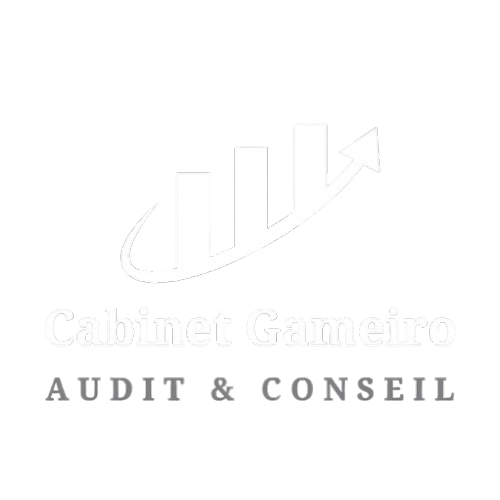Which VAT Scheme to Choose: The 3 VAT Schemes for Any Business Structure As a micro-entrepreneur, sole proprietor, or company director, understanding the VAT schemes applicable to your activity is essential. Here’s an overview of the three main VAT schemes in France. 1. The VAT Exemption Scheme This scheme allows you to be exempt from VAT. In return, you cannot charge VAT to your customers or deduct it on your business purchases. This regime is ideal for small businesses looking to simplify their administrative processes. Application thresholds (2023 – 2025): Activities Annual Threshold (CA N-1) Tolerance Threshold (CA N-1 if CA N-2 < threshold) Goods delivery, on-site sales €91,900 €101,000 Services €36,800 €39,100 Lawyers, authors, performing artists €47,700 €58,600 Other legal and artistic activities €19,600 €23,700 Rules in case of threshold exceedance: Threshold exceeded: Obligation to collect VAT starting the following year. Tolerance threshold exceeded: Obligation to collect VAT starting from the invoice that exceeds the threshold. Specific obligations: Mandatory mention on invoices: “VAT not applicable, article 293 B of the French General Tax Code (CGI).” Certain activities are excluded from benefiting from this scheme. 2. The Simplified Real VAT Scheme This scheme targets businesses with moderate turnover who wish to avoid the constraints of the normal VAT regime while collecting and deducting VAT. Eligibility conditions: Annual turnover: Between €91,900 and €840,000 for goods, on-site sales, and accommodations. Between €36,800 and €254,000 for services. Annual VAT owed: Less than €15,000. Obligations: Semi-annual installments: July: 55% of the VAT owed for the previous year. December: 40% of the VAT owed for the previous year. Payment via form n° 3514 and telepayment. Annual declaration: Teletransmission of form n° 3517-S after the fiscal year ends. This scheme offers a balance between flexibility and fiscal responsibility but carries a risk: if turnover increases significantly compared to year N-1, the business may face cash flow issues when paying the VAT balance. 3. The Standard VAT Scheme This scheme is available to all businesses, regardless of their turnover. It is often chosen by businesses with significant activity or regular VAT deduction needs. Obligations: Monthly declaration: VAT collected must be declared and paid monthly online. Optional quarterly periodicity: Possible if the annual VAT owed is less than €4,000. This scheme requires rigorous management but provides optimal responsiveness in VAT management. Conclusion Choosing the right VAT scheme is crucial for optimizing your business management. Each scheme offers advantages and constraints suited to different business profiles. Need personalized support? Our accounting firm is available to advise you on the VAT scheme best suited to your situation. Don’t hesitate to contact us for an appointment.
Day: 17 January 2025
Understanding Essential Accounting Documents
Understanding Essential Accounting Documents: A Strategic Lever for Your Business Optimal management relies on a deep understanding of key accounting documents. These tools, far more than mere legal obligations, are invaluable allies for anticipating risks, steering your activities, and making informed decisions. In this article, discover the five essential accounting documents every business leader must know and understand. 1. The Balance Sheet: Reflecting Your Assets The balance sheet is a snapshot of your company’s financial situation at a given moment. It is divided into two parts: Assets, which encompass what you own (e.g., premises, equipment, or cash flow). Liabilities, which list your debts and financial commitments. Example: Assets: Premises purchased for €100,000 and cash flow of €10,000, totaling €110,000. Liabilities: Loan outstanding of €40,000 and supplier debt of €10,000, totaling €50,000. Your net assets (or equity) therefore amount to €60,000 (assets – liabilities). This document is essential for assessing the overall financial health of your business. 2. The Income Statement: The Key to Assessing Profitability The income statement analyzes your performance over a given period by comparing your revenue to your expenses. It indicates whether your business is profitable or operating at a loss. Example: Revenue: €200,000. Expenses: €170,000. Profit: €30,000, which will be included in the equity section of your balance sheet. With this document, you can identify ways to improve profitability. 3. The Appendices: Indispensable Insights The appendices provide essential clarifications about the key figures in the balance sheet and income statement, as well as the accounting methods used. They allow your partners or investors to better understand your financial statements. 4. Accounting Books: Your Financial Memory These documents include all the accounting entries of your company, such as: The Journal, which records each transaction chronologically. The General Ledger, which details the movements of each account. The Inventory Book, which lists your assets and liabilities. They ensure the traceability of your financial operations and facilitate internal or external audits. 5. The Tax Package: A Regulatory Obligation The tax package summarizes your annual results (balance sheet, income statement, appendices) and is submitted to the tax authorities. This document is mandatory for all companies. Strategic Tools for Management and Growth Beyond their legal function, these documents provide a solid foundation to: Anticipate financial risks. Monitor the evolution of your activities. Develop tailored growth strategies. Need Personalized Support? Our firm offers custom financial reporting services, whether monthly, quarterly, or ad hoc. Together, we can help you analyze your accounting data and effectively manage your business. Contact us today to discuss your specific needs.
